applied design

Contamination of aquatic and terrestrial environments with crude oils (or petroleum) represents a serious problem worldwide that results in both immediate and long-term environmental damages with toxicity to plants and/or soil invertebrates, as well as risks to humans and wildlife. Crude oils, while made of complex mixtures of thousands of types of molecular compounds, are predominantly composed of hydrocarbons including linear alkanes and aromatic hydrocarbons based on a 6-carbon ring account for approximately 80% of the total petroleum hydrocarbons in crude oils. Aromatic carbons such as polycyclic aromatic hydrocarbons (PAHs) like fluorene and phenanthrene are the molecular compounds in oil that are the most toxic as they can be quite persistent in the environment due to their intrinsic stability provided by the aromatic ring.
Contamination cleaning up processes include skimming the oil into containment tanks - an approach that cannot be applied on high seas and bad weather conditions- and in situ burning - an approach that may create additional pollutants. Chemical dispersants are sometimes added to break down oil spills; however, the breakdown products may be absorbed by marine organisms and thus entered the food chain.
Clearly, bioremediation using microorganisms that naturally use crude oil as a source for growth and at the same degrade it is the preferred approach. Up to now, bioremediation approaches have mostly targeted microorganisms already present in the ecosystem where the oil spill occurs. However, this approach has limited results because the decontamination can take decades because of slow degradation rate. Fertilizers such as nitrogen and phosphorous may be added to enhance their activities with the risk of local pollution. The newest bioremediation products include a mixture of microorganisms that are able to deplete linear alkanes whereas the PAH class may not be degraded at all.
Our team’s design for the bioremediation of oil spills is based upon pumping in and treating water found in lakes, reservoirs, groundwater, and ocean water. Due to the flexibility of our project, this process can be carried out on ships, within bioremediation centers, and in on-site vats. When speaking with a representative from Argonne, we learned that a sheet-like sponge is an effective approach at targeting oil for remediation by a process of submerging the sponges that contain our biodegrading bacteria within wastewater solutions. The oil is then absorbed into the sponge and eventually degraded. Through this method, the contaminants can be contained in one area instead being arbitrarily spread out, allowing for monitoring of the transformation of PAHs into byproducts. Vats of pumped water containing these sheet-sponges will be capable to carry out degradation in an ex-situ onsite or offsite location. Incineration and thermal treatment will also be applied to this application model in order to destroy bacterial byproducts and residue substances. The PAH-free water will be pumped back out in monitored values once degradation has occurred.

All these approaches have clear limitations. Therefore, there is the need for a commercially viable means of degrading PAHs in oil spills. Our approach offers a novel methodology for the degradation of multiple PAHs through the implementation of bacteria-derived pathways into E. coli. This methodology allows broad spectrum degradation of PAHs within an oil environment into safer residues.
To be able to degrade as many aromatic components as possible, our approach is to converge catabolic pathways and employ gene augmentation. This approach is possible because there are some intermediates that are common between pathways. To that end, we have cloned the genes upstream of the common intermediates of the phenanthrene and fluorene pathways and introduced them into a bacteria that would already have the ability to metabolize the downstream intermediates. In other words, the host strain already has a piece of the pathway, and by a process of engineering, we are augmenting its gene pool and thus its capacity of degradation. The advantage is that the product is universal meaning that it can degrade many chemical species of PAHs.
Applications of Designs in Commercial Settings









